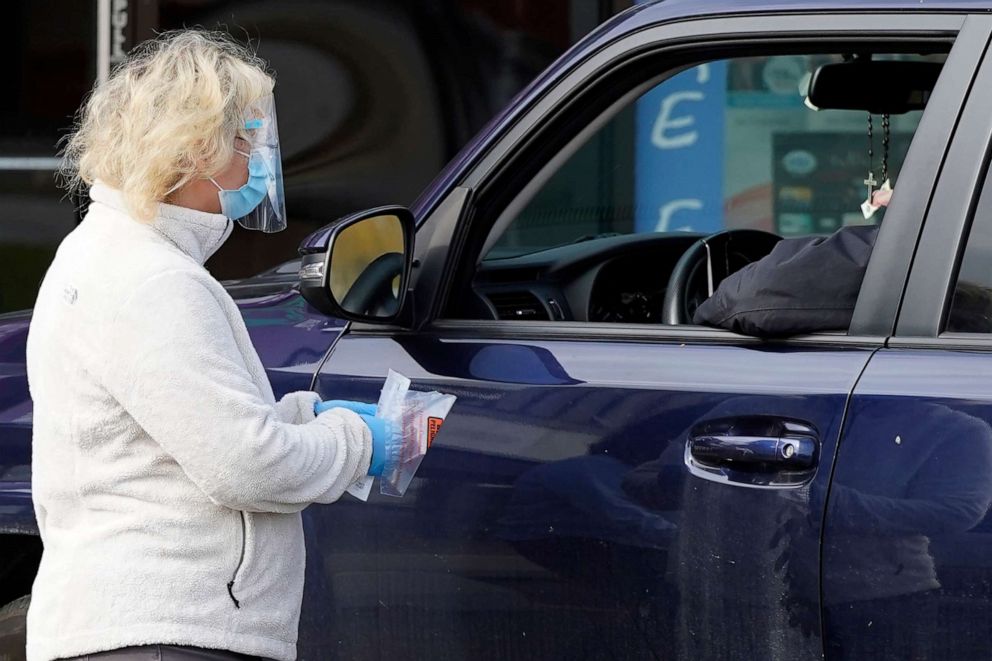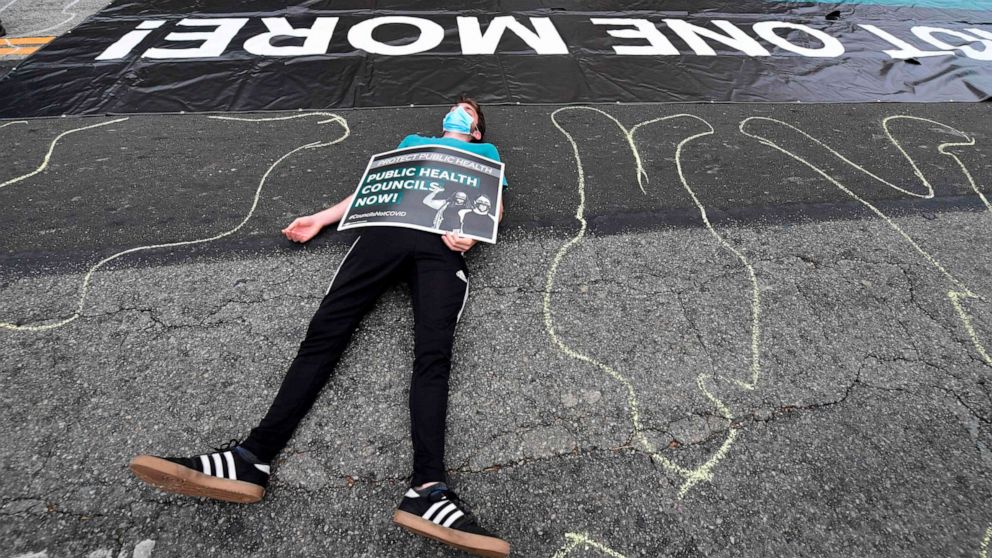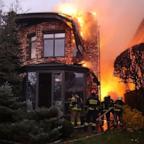New cases up by double digits across US, HHS memo says
The number of new cases of COVID-19 recorded in the United States increased by double digits in week-over-week comparisons, while deaths and intensive care unit admissions are also on the rise, according to an internal memo from the U.S. Department of Health and Human Services that was obtained by ABC News on Wednesday night.
The memo, which is circulated among the highest levels of the federal government and is used to determine daily priorities for the agencies working on a COVID-19 response, said 41 U.S. states and territories are in an upward trajectory of new infections, while six jurisdictions are at a plateau and seven others are in a downward trend.
There were 414,004 new cases confirmed during the period of Oct. 14-20, a 15.1% increase from the previous week. There were also 5,168 fatalities from COVID-19 recorded during the same period, a 4.2% increase compared with the week prior, according to the memo.
The national positivity rate for COVID-19 tests dropped slightly from 6% to 5.8% in week-to-week comparisons. Meanwhile, 23% of hospitals nationwide have more than 80% of their ICU beds full. That figure was 17%-18% during the summertime peak, the memo said.

In Illinois, the number of new cases increased 41.1% on Oct. 18 compared to the prior week, over twice the national growth in infections -- 14.8% -- during the same period. Meanwhile, COVID-19 hospitalizations continued to climb, with the state reporting a seven-day average of 17.3 hospitalizations per 100,000 people on Oct. 18. The state is also experiencing a shortage of health care professionals, particularly nurses, according to the memo.
Indiana saw a 22.4% increase in new cases and an 8% uptick in new deaths between the weeks ending Oct. 11-18. The state reported a record high of 2,521 new cases on Oct 17, one day after surpassing a daily tally of 2,000 new cases for the first time. The state also reported its highest seven-day average of COVID-19 hospitalizations -- 20.1 per 100,000 people on Oct. 18. During that time, an average of 63% of inpatient beds and 66.4% of ICU beds were full. Indiana has reissued a call for retired health care professionals to volunteer as hospitals across the state face staffing issues, the memo said.
Michigan's Washtenaw County saw a relative increase of 110.9% in new cases between Oct. 11-18. The surge may be driven by the University of Michigan, where the school's quarantine and isolation housing was at 52.8% occupancy as of Oct. 20, according to the memo.
Minnesota reported a record high of 126 new COVID-19 hospitalizations on Oct. 20. The number of new cases increased 24.9% across the state in the week ending Oct. 19, while new deaths climbed by 53.5%, the memo said.
North Dakota reported 587 new cases per 100,000 people in the last week, the highest rate in the country, compared to a national average of 117 per 100,000 people, according to the memo.
Ohio registered 2,234 new cases on Oct. 17, its highest number since the coronavirus pandemic and marking the fourth straight day the state's daily tally was over 2,000. Ohio also reported a record high of 1,145 COVID-19 hospitalizations on Oct. 19. The state's seven-day average of hospitalizations has continued to climb over the past three months, reaching a rate of 13.2 per 100,000 population on Oct. 18, the memo said.
ABC News' Josh Margolin contributed to this report.





